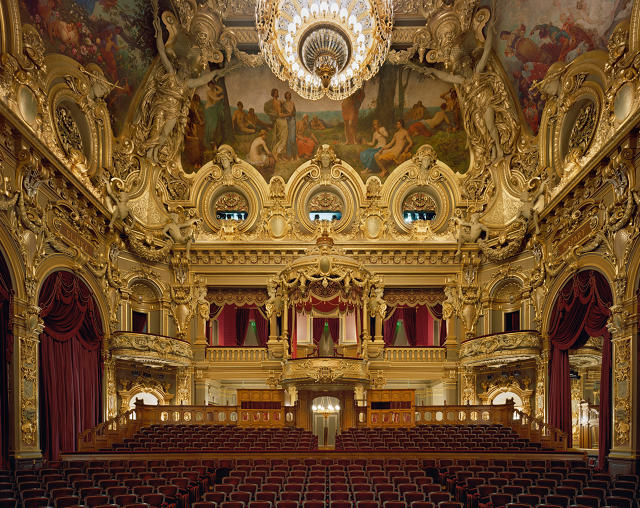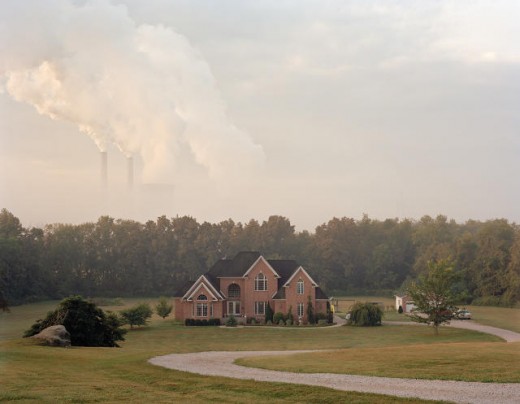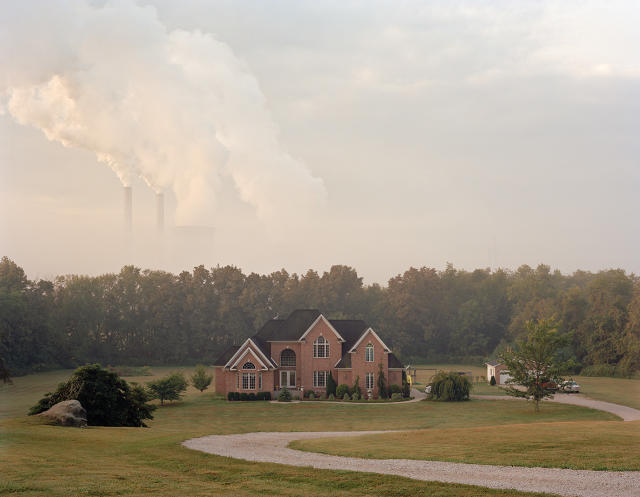These Photos Will Take You On A Trip Inside The World Of The 1%
A look at what extreme wealth means at a time when fewer and fewer people can even comprehend it.
Robert Downey, Jr. made more than any other actor over the last year, pulling in $80 million. But that’s only a fraction of what Steve Cohen, the highest-earning hedge fund manager, raked in.
Most Americans have never heard of Cohen, who made $1.3 billion in 2014, and still aren’t fully aware of how big the income gap has grown in the U.S. In a Harvard Business School survey, people guessed that corporate CEOs made about 30 times more than blue-collar workers; they actually make 354 times more.
A new photography exhibit, 1%: Privilege in a Time of Global Inequality, looks at what extreme wealth means around the world, along with a few examples of poverty. The series of 30 photos, narrowed from a selection of over 2,000, avoids any obvious cliches about what it means to be rich.

“We’re all pretty familiar with the glitzy photos of posh cars and crazy mansions from the movies,” says Myles Little, the New York City-based photo editor who curated the show. “I knew I wanted to do something a little more subtle, not only because caricature is so familiar and so overdone, but also misses the real nuance and complexity of the issues.”
Some of the beautiful photos show examples of opulence you wouldn’t see on MTV Cribs, like a chef standing in a wildlife reserve in Kenya, waiting for guests to arrive by hot air balloon. In other photos, the connection to wealth is less obvious, like Jesse Chehak’s photo of the High Line—a park that was funded in large part by wealthy New Yorkers (and, while hugely popular, also helped gentrify the neighborhood and drive out some long-term residents who could no longer afford it).
Little believes that there are a couple of reasons that most Americans aren’t aware of the full extent of the inequality gap. “One is that we want to believe that our country is the way it once was—not a plutocracy but a democracy and a meritocracy,” he says. The change is relatively recent; in 1965, CEO salaries were only 20 times greater than average workers.

“We are also distracted away from asking ourselves that question by spectacle in the media, spectacle in the world of entertainment, spectacle in politics—present-day circuses that entertain but fill us with empty calories,” he says.
He hopes the project will help push the conversation about inequality forward, and says that it’s starting to happen. “The response I’m getting has been shocking and surprising and heartening,” he says. “I’m sensing a lot of pent-up frustration from people who feel that the game is rigged. The middle class is either barely holding on or slowly slipping backwards, while a tiny minority is skyrocketing.”
Still, he’s optimistic about the future, in part because of the strength of the response he’s seeing. “I think if the country’s able to somehow control the flood of money into politics, that could be one great way to balance things out,” Little says. “If we made good on our promise of equal opportunity, by ensuring good education to every child in the country…I think there’s a large groundswell of support for change on this issue, and we know the way forward. I think that we’ll get there.”
Little is raising funds to print a photo book of the exhibit on Kickstarter.
Fast Company , Read Full Story
(90)



